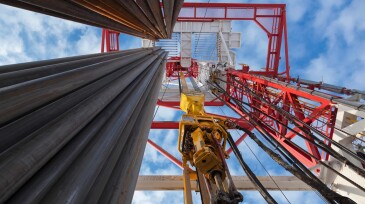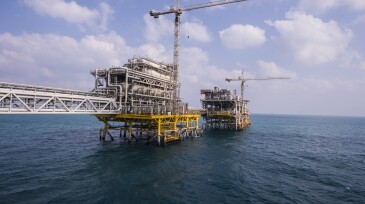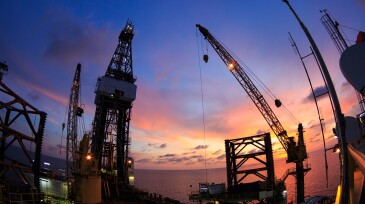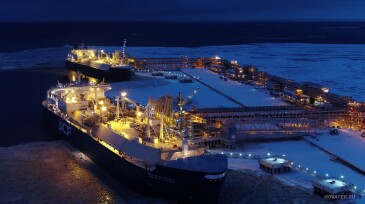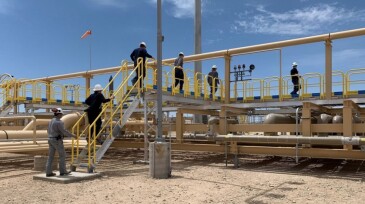Rystad Energy
-
Government and industry leaders support the oil and gas industry's role in the energy transition.
-
National oil companies and traditional upstream players are progressively focusing on cleaner and more environmentally friendly energy initiatives.
-
Analysis by Rystad shows global energy reliability concerns are triggering a surge in oil and gas investments. The analysis goes on, however, to suggest that this uptick is only temporary and service companies should capitalize now before the focus returns to the energy transition.
-
A new report from Rystad Energy expects more than $200 billion will flow into greenfield offshore projects over the next 2 years.
-
Namibia, Brazil, and Algeria scored major discoveries in 2022 as the industry drilled fewer exploration wells but found better and larger prospects.
-
After Russia started a war in Ukraine, oil prices increased and brought in higher oil export revenues in the short run. Longer term, things are looking rougher.
-
By 2030, deepwater production is expected to rise 60%, but after that, reduced leasing and exploration could limit this small slice of the sector.
-
After showing an unexpected degree of resiliency, the brunt of embargoes and economic contraction are set to impose yet another big hit to Russia's output.
-
Gas flaring, which accounts for 30% of carbon emissions from fossil-fuel operations, dropped globally to a 10-year low in 2021, but questions remain whether 2022 will see a rebound as the industry reboots in a post-COVID-19 world with oil and gas supplies tightening.
-
Research conducted by Rystad Energy indicates that spending on carbon capture and storage will quadruple in the next 3 years.



